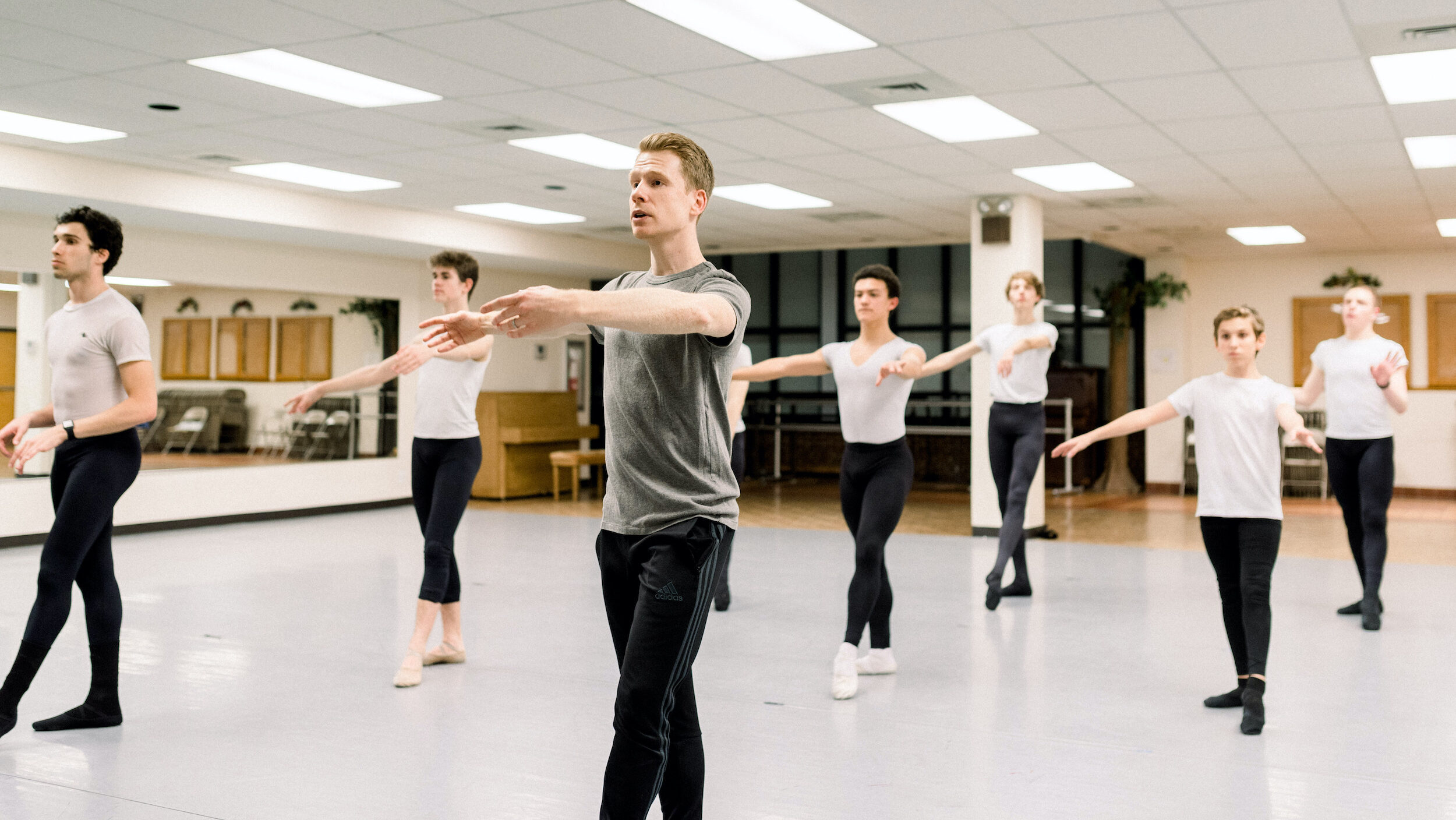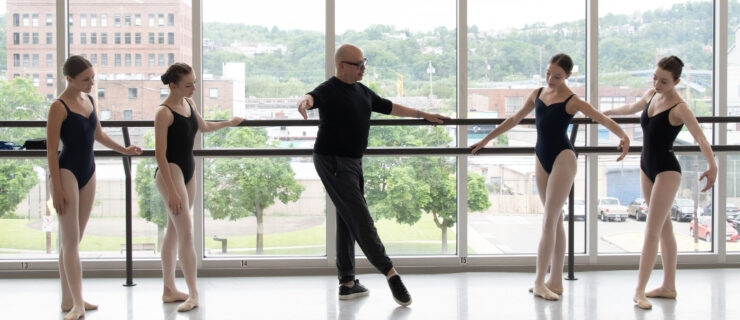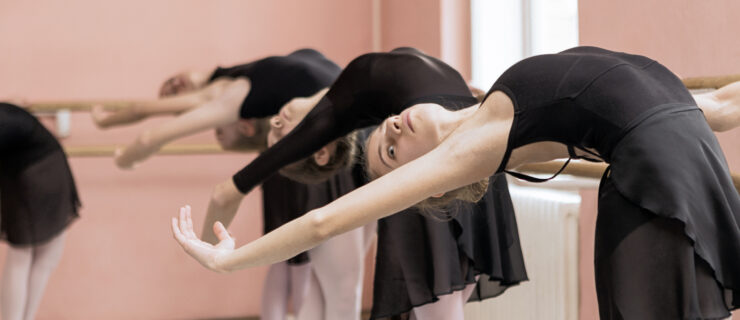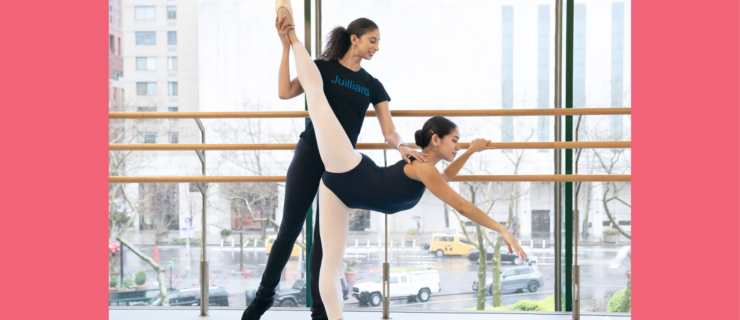Where Are the Boys in Ballet?
In fall 2023, Boston Dance Alliance held a youth open-call audition. Fifty dancers showed up—one of them male-identifying. Gender imbalance is not uncommon in ballet, yet that ratio is particularly stark.
Is this shortage part of a larger trend? If so, what’s caused it, and what can we do to turn the tide? How can we make boys want to give ballet a try, and then stick around? How can we train them in ways that are good for them, the field, and the art form?
These have been important questions for decades. Yet with the pandemic’s aftermath, increased bullying, and expanding conceptions of gender, it’s a good time to check back in here.
Boys, Ballet, and Gender
Australia-based ballet teacher Shane Wuerthner—known as @athletistry on Instagram—confirms he’s seeing a drop in boys enrolling at the studios he teaches at. While young male ballet dancers in 2024 are at an overall higher technical caliber, he says, “there is a genuine decrease in interest from a new generation starting in ballet.”
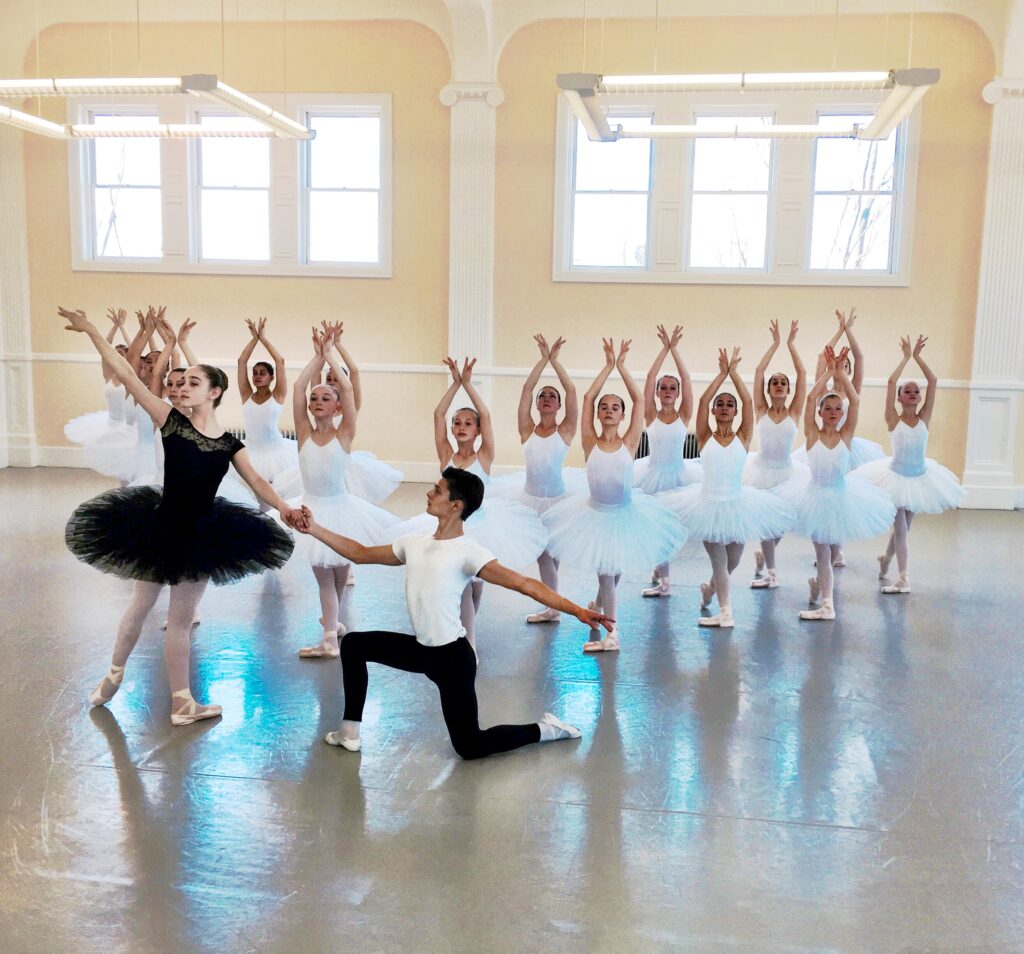
Alex Lapshin and Alexandra Koltun, founding artistic directors of Koltun Ballet Boston, say they have seen a “steady decline” in general enrollment over the past few years. Other after-school programs are seeing a similar drop, they note. COVID has had its hand in that, but they also blame technology. “Kids are being driven into easy entertainment through social media,” Lapshin says. “It’s antithetical to the commitment and work ethic that ballet requires.”
Jennifer McNamara, assistant professor of dance at Mercyhurst University, says that, on the collegiate level, she is seeing fewer male dancers auditioning for university ballet programs, specifically. “I attribute this in part to the rise in popularity and availability of pre-professional training programs,” she notes. She adds that because male dancers can be “unicorns…rare and coveted,” professional companies and schools are eager to offer them opportunities.

Yet she also points to complex societal dynamics with what audiences expect to see onstage. While the arts are “sometimes one step ahead of dominant public opinion,” McNamara argues, most relationships and narratives onstage still “reflect white/cis/patriarchal ideals.” That can be alienating to those who fall outside of the gender binary.
Doug Risner, professor of Dance at Wayne State University, agrees. On the one hand, he says, “ballet remains a highly feminized Western theatrical form of dance.” On the other, ballet pedagogy and recruitment for boys still tends to emphasize the masculine. As a result, Risner continues, “gender-nonconforming adolescent boys may experience feeling out of place in the ballet space.” Until ballet becomes more gender-inclusive, the number of boys in ballet won’t change, he argues.
The Bullying Issue
Risner, who has researched bullying and harassment of young male dance students for two decades, says bullying—“grounded in heteronormative narratives and blatant homophobia”—continues to be a big problem.
Some of that is likely tied to a general rise in bullying, Risner says. The most recent annual Boys & Girls Club of America survey, “Youth Right Now,” reported that 40 percent of child and teen respondents described being bullied at school in the past year. The survey, Risner explains, also points to “COVID pandemic disruption and lack of socialization…resulting in student struggles with stress management, problem-solving skills, and peer relationships.”

The dance studio is often a safe haven for young male dancers bullied at school. But this isn’t always the case—Wuerthner, who was slow to go through puberty and develop strength, candidly describes being bullied verbally and physically by other boys at the Kirov Academy while studying there in his youth. (The school quickly handled the situation, he says, and he never again had bullying issues there.)
Lisa Collins Vidnovic, artistic director and founder of the Metropolitan Ballet Academy in Jenkintown, Pennsylvania, has seen pre- and primary-school-age girls bring dominant Western gender views into the room. “Sometimes they are surprised to find a boy in their class,” she says, asking questions like “Why is he here? Why is he dancing?” She says teachers there challenge the idea that “he” doesn’t belong with more questions back to those students. (This isn’t an issue in the school’s upper-level classes, she adds.)
Keep Classes Dynamic and Exciting
When it comes to recruiting and keeping boys, Koltun and Lapshin advocate for student opportunities to work with fresh, up-and-coming choreographers, as well as to study a variety of styles.
They also recommend lots of performance opportunities. Koltun Ballet Boston holds three performances a year, and their students compete in two to three competitions annually. “It’s always exciting to have something to work towards,” says Lapshin. “It carries you through the year and makes it more fun.”
Vidnovic agrees. “Students need to see where it’s going and why they should do it. They need things to plug into and be proud of.”
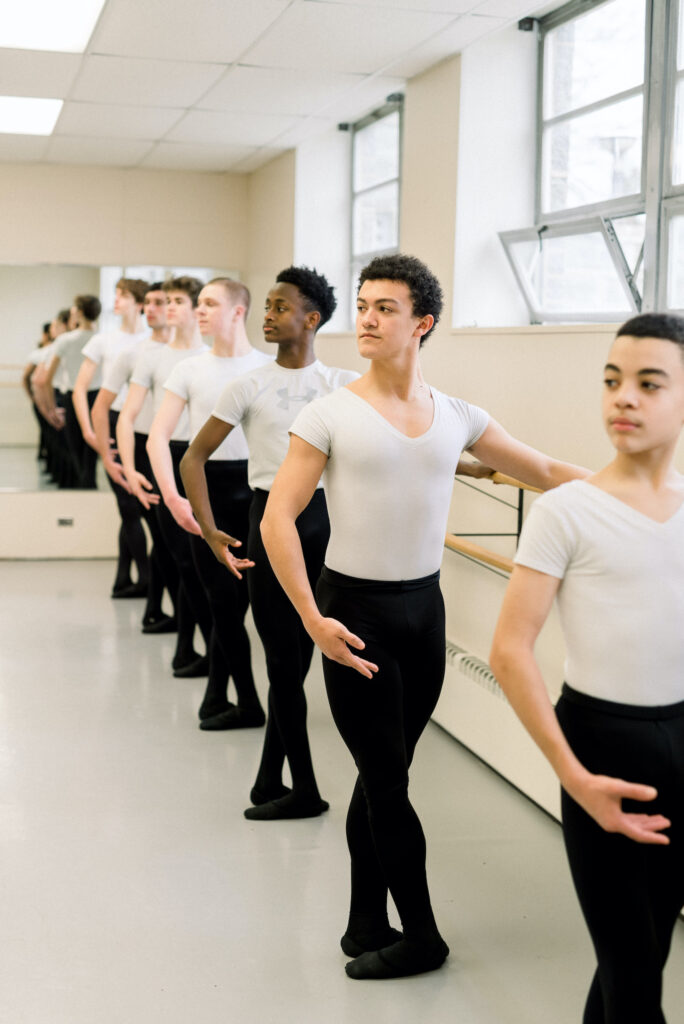
Daniel Mayo, on faculty at the Metropolitan Ballet Academy, believes in bringing that kind of novelty and dynamism into the classroom itself. He introduces contemporary dance concepts alongside classical training, for instance. “Repetition is good, but you definitely have students asking, ‘When are we going to do the fun stuff?,’ ” he notes, smiling. “It does help for them to have something to look forward to,” he says. Vidnovic also choreographs themed productions each year that incorporate character dances and props, which the boys find particularly enjoyable.
Wuerthner believes that the early years of boys’ training should be disciplined but must also combine fun with healthy competition, and when possible include a male teacher and peers. “Healthy competition with other boys to jump higher and turn faster creates an environment of becoming better and will fuel their desire to dance.”
Money Matters
Metropolitan Ballet has long had a thriving boys program, and Vidnovic says a key piece to its success is that all of them are on full scholarship. In the school’s very early years, she would encourage parents to also sign their sons up for class. The response was often that they simply couldn’t afford it. Now, 24 years into their full-scholarship boys program, they regularly have over 40 boys enrolled. Most study an average of five years, with many staying on through high school graduation.
Lapshin sees scholarships as a potential outcome of the “fierce” competition for male students. Sometimes schools will throw in extra perks, such as complimentary housing, to help attract talented young male dancers, he notes. “When the number [of male students] is shrinking, everyone is trying to get a piece of the pie.”
Some argue, though, that gender-based scholarships are an example of male privilege in the ballet world itself—even while they are marginalized outside of it. Risner and McNamara, in a joint email, acknowledge the need to make dance accessible for male students, but advocate for a wider lens when it comes to scholarship allocation: “Offering scholarship solely based on gender presentation—without considering factors such as financial need, and the dancer’s personal drive and accountability, is not inherently equitable.” They suggest “specific rules about how award decisions are determined and equitably distributed.”
Community and Representation
Another key to retaining male students is making sure they don’t feel alone in their experience. That can start with having male teaching artists, mentors, and alumni as role models, Vidnovic and Mayo say.
A community of male dancer peers can also make a big difference. “Boys need male role models and other boys to push them to improve,” says Wuerthner. At Metropolitan Ballet Academy, students find this through twice-weekly boys classes. “They [also] often show up to their coed classes together,” Vidnovic says with a laugh. “It’s a snowball effect,” Mayo affirms. “More boys equals more boys.”
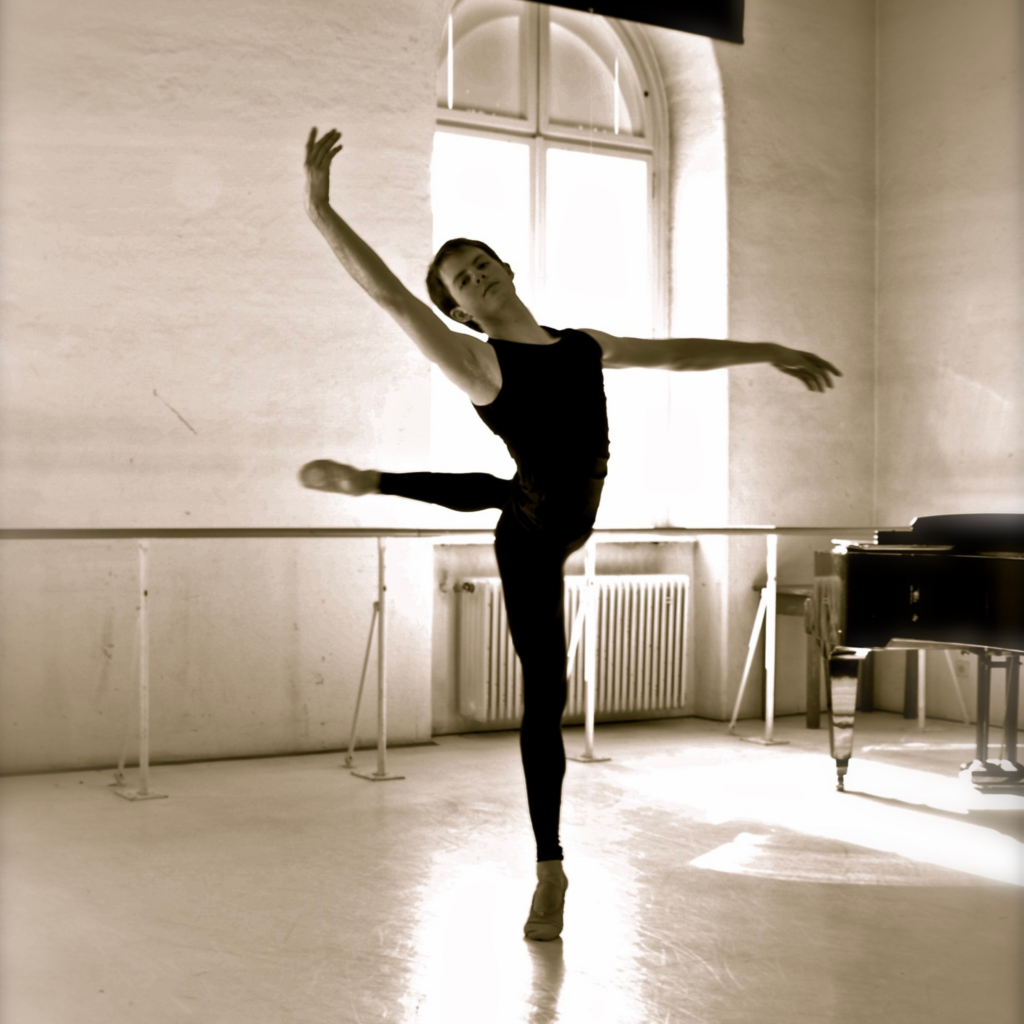
Thankfully, resources such as The Male Dance Connection can virtually provide community for those who lack it at their schools. “Use technology in your favor; find people who you want to work with and who inspire you,” Koltun recommends.
On a wider scale, Lapshin says boys need exposure to professional dancers. Mayo agrees, adding that seeing them normalizes them. “Societal negativity towards boys in dance is conditioned,” he says. “But if you look at dance around the world, boys and men have always been involved.”
Risner says such exposure should start in grade and middle schools, where there’s widespread exposure to visual arts, music, and theater. (Dance education is the least represented art form in preK–12 schools, he adds.) Through arts education and outreach, dance companies and organizations can also make ballet in schools closer to a universal offering.
“Without early exposure to dance as something both girls and boys pursue, we reify that dance is not for boys. Early and sustained access to dance in [grade and middle] schools is essential for supporting and nurturing male participation,” Risner argues. If we want to tell stories that mirror the world around us, we need dancing men and boys on board.
